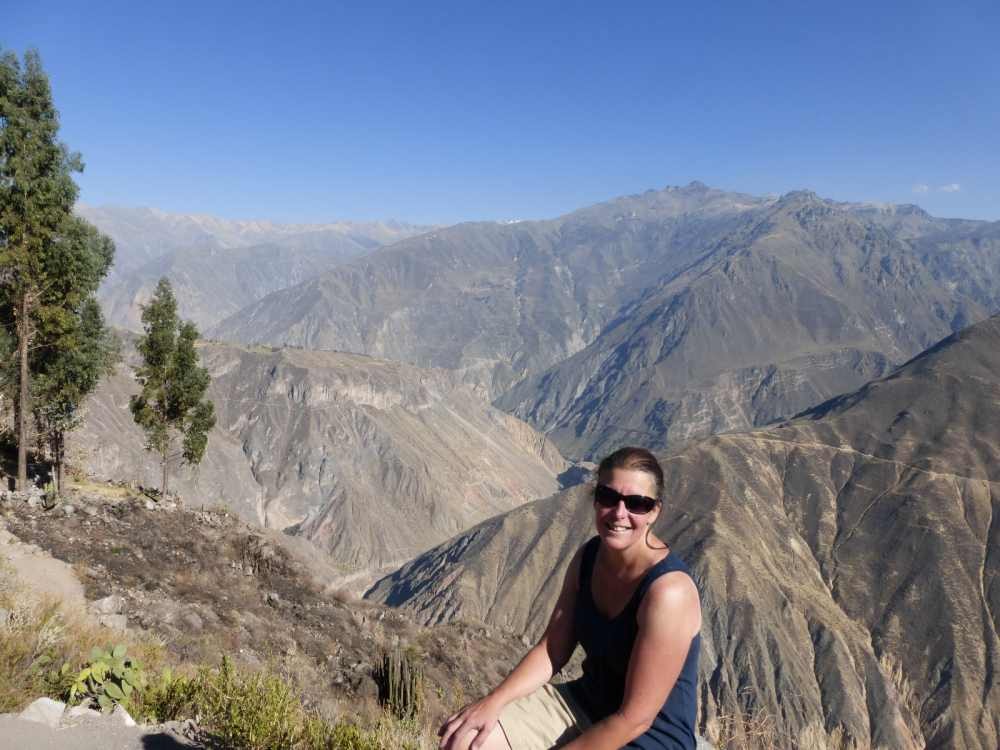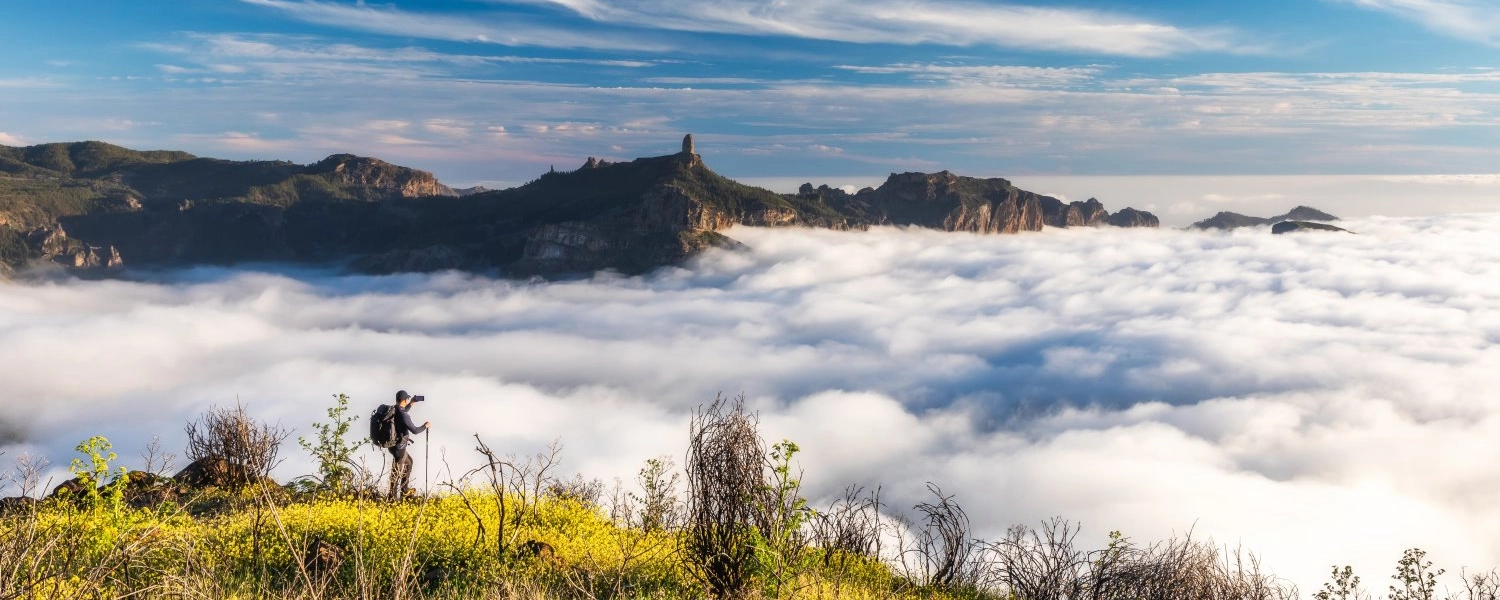- Details
- Written by: Mike Walker
Arguably the most famous trek in South America, the Inca Trail limits trekking permits to 500 a day (and I had failed to get one) but that's still 499 other people you're likely to encounter, 499 sharing the same paths and views, experiences and camp sites. It can get a tad crowded and clichéd.
But near to Cusco there are several shorter, equally stunning treks and if stopping at villages with their colourful markets, wiling away the hours laughing with the local people, as opposed to trawling round Inca sites is your bag, then a trek around Ausangate or the more well-known Lares Trek should be highly recommended.
The rarely visited Ausangate Trail (a circular route beginning and ending at the traditional village of Tinqui) is one of the most challenging in the region with three high passes over 5,000 metres. Expect snow underfoot and come prepared. To make life a little easier I had a guide and a pony, the latter to carry my kit and on occasion when the altitude became a little too much myself.
The guide spoke not one word of English and I'm embarrassed to say I speak not one word of Spanish, there were lots of worried glances at the Cusco travel agency where I booked the trek. However, I'm never one to shirk a challenge and think that the language of smiles speaks volumes as does holding a hand up with a number of fingers as a clock. Although, the clock seemed to be set at 6 o’clock - 6 o'clock wake up call, 6 o'clock supper, and so on…
Matterhorn like, the massive massif of Ausangate at 6,380 metres is the highest mountain in Peru and dominates the skyline. It's an apu, in other words a designated holy mountain, and it is easy to see why the ancient Incas held the mountain in such high regard. This is the South America of your dreams with enormous electric blue skys, high alpine meadows of the kind of green you only see in cartoons, where alpacas and lamas graze freely.
The scenery is forever changing too, with glaciers and alpine lakes and then, just when your mind starts to wander, up comes another surprise: A village where the people dress in their typical attire, the women in flat board hats of vivid yellow or green. They're big into tassels here, and both the women's and men's hats have all kinds of trimmings or colonies of strange rabbit like creatures darting amongst the rocks. The overgrown rodents with their furry ears and long tails are apparently viscachas and native to the Peruvian Andes.
After these relatively lowland excitements, the trek becomes wilder and more remote and I wouldn't suggest even attempting it unless you've acclimatised for a few days before in Cusco. The ascents and descents are demanding but you are rewarded with spectacular mountain views and a feeling of total peace and isolation that you're certainly unlikely to get on The Inca Trail.
For me Peru was not just about awesome treks but all about hats. Yes, hats – you can tell who is from a town and who is from a village by the kind of hat they wear (sombreros in the city in case you were wondering) and even which particular village as depicted by the pattern on the saucer shaped hats worn by the women in The Lares Valley.
For local culture and colour - each market is an intense riot of reds and oranges - the Lares Trek is hard to beat. This moderate three-day hike is not so much about the views - although like anywhere in the Andes, they're pretty spectacular anyway - but about the villages you pass through along the way, giving you a real insight into rural Andean life. The trek reminded me of Himalayan trekking but camping as opposed to staying in lodges.
However, there's still a chance to participate in village life and if you're lucky stumble across a wedding taking place. These all day and it would appear all night affairs can be heard in the distance, way before you actually see them. They're certainly noisy and just like any wedding, a mix of drunken guests, bad dancing, cheesy music, out of control children and colourful wedding attire – although the decorative ponchos and outlandish hats worn by the guests are in fact every-day wear for the Quecha.
Along the way, you'll also see huts with red plastic bags on sticks, which are technically pubs selling chiccha, the local beer made out of maize. Judging by the exuberant behaviour, a fair amount of this had been consumed at the wedding.
I found the Lares Trek culturally fascinating but not that challenging. The longest day (day 2) involves a maximum of 8 hours walking and one steep climb, although the elevation is high, the highest point being 4500 meters with two nights sleeping at 3600 meters.
Keeping it real
Trekking in Peru doesn't need to always involve a big tour group, camping and endless porters and tents. There are some shorter two or three-day treks, with trekking in the Colca Canyon on many people's lists of ‘must dos’ and justifiably so. The hike into the canyon and out is often offered as a three day, two night trip but this is not really necessary, as you'll always still have the massively long schlep back up from the canyon floor on the final morning. Stretching it to 3 days just involves hanging around in one the basic cabins along the way for an afternoon. There are lots of canyons claiming to the biggest and deepest but I'm going to have to agree, after the muscle burning final hike up hill that the Colca Canyon is as it claims the deepest canyon in the world, at 1 km from cliff edge to river bottom.There were warnings about bringing plenty of water and sunscreen but not about the sheer drops from the narrow paths, at some points so steep that it was impossible to see the valley bottom, don't even think about attempting the hike if you suffer from vertigo. Landslides were also a problem and who has the right of way when going head-to-head with a mule train, so have your wits about you at all times.
The Ausangate Circuit, Lares Trek and Trekking in to the Colca Canyon offer three different experiences. A challenging, remote, high altitude trek, a culturally interesting one and one with bragging rights to have climbed out of the deepest canyon in the world. They're hardly undiscovered, with the Colca Canyon particularly on every itinerary, however for a short and varied taste of the treks that Peru has to offer they're hard to beat.
My trip
I did the Lares Trek as part of G Adventure's Inca Discovery Tour £899 gadventures.co.uk 0844 272 0000. The Ausangate Circuit and Colca Canyon hike are easily bookable through independent agencies in Cusco and Arequipe. Tours for the latter go daily. The Ausangate Circuit is less popular and would need to be booked in advanceGetting there
There are no direct flights from the UK to Lima. KLM flies via Amsterdam, Air France via Paris and British Airway and Iberia from Madrid.Getting around
I travelled as an independent traveller. However, Peru has an excellent network of long distance buses. Overnight buses with Cruz del Sur www.cruzdelsur.com.pe are recommended with fully reclining seats, meals and seat back entertainment included.peru.travel.com


